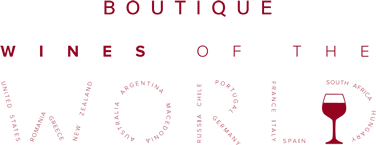Toggles
TOGGLES 1
During the 1970s producers started to reduce the quantity of white grapes in Chianti. In 1995 it became legal to produce a Chianti with 100% Sangiovese. For a wine to retain the name of Chianti, it must be produced with at least 80% Sangiovese grapes. Aged Chianti (38 months instead of 4–7), may be labelled as Riserva. Chianti that meets more stringent requirements may be labelled as Chianti Superiore, although Chianti from the “Classico” sub-area is not allowed in any event to be labelled as “Superiore”.
TOGGLES 2
The original area dictated by the edict of Cosimo III de’ Medici would eventually be considered the heart of the modern “Chianti Classico” subregion. As of 2006, there were 7,140 ha (17,640 acres) of vineyards in the Chianti Classico subregion. The Chianti Classico subregion covers an area of approximate 260 km2 (100 square miles) between the city of Florence to the north and Siena to the south.
TOGGLES 3
The four communes of Castellina in Chianti, Gaiole in Chianti, Greve in Chianti and Radda in Chianti are located entirely within the boundaries of the Classico area with parts of Barberino Val d’Elsa, San Casciano in Val di Pesa and Tavarnelle Val di Pesa in the province of Florence as well as Castelnuovo Berardenga and Poggibonsi in the province of Siena included within the permitted boundaries of Chianti Classico.
